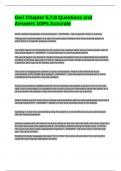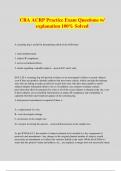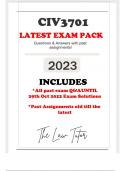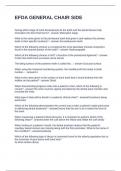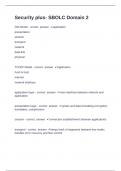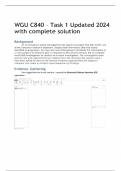Exam (elaborations)
Geri Chapter 5;7;8 Questions and Answers 100% Accurate
- Course
- Institution
Geri Chapter 5;7;8 Questions and Answers 100% AccurateGeri Chapter 5;7;8 Questions and Answers 100% AccurateGeri Chapter 5;7;8 Questions and Answers 100% AccurateGeri Chapter 5;7;8 Questions and Answers 100% AccurateGeri Chapter 5;7;8 Questions and Answers 100% AccurateWhich defines therapeutic com...
[Show more]
